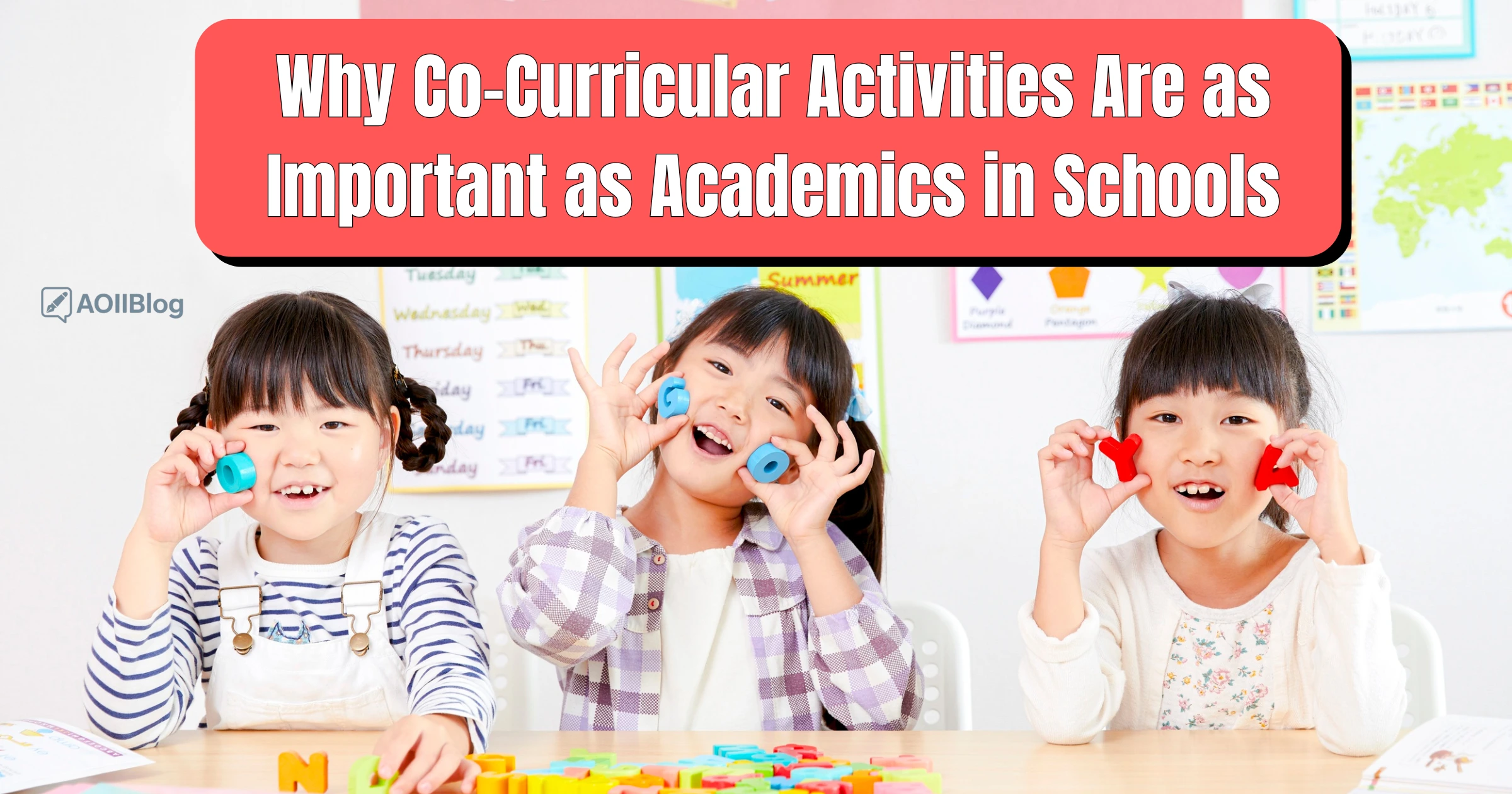Remember when you were in school and couldn’t wait for the final bell to ring? Maybe you rushed to basketball practice, drama rehearsal, or debate club. Those moments probably stick with you more than most math lessons.
There’s a good reason for that. Co-curricular activities shape who we become just as much as classroom learning does.
What Are Co-Curricular Activities Anyway?
Let’s start with the basics. Co-curricular activities are programs that happen alongside regular classes. Think sports teams, music ensembles, student government, drama clubs, science fairs, and volunteer groups. They’re different from extracurricular activities because they often connect directly to what students learn in class.
For example, a school newspaper ties into English and journalism classes. A robotics club builds on science and math concepts. These activities take classroom learning and make it real.
Building Skills That Matter in Real Life
Here’s something most adults figure out pretty quickly: the skills that help you succeed at work aren’t always the ones you learn from textbooks. Co-curricular activities teach the stuff that really counts.
Take teamwork. You can read about collaboration in a business textbook, but actually working with your debate team to prepare for a tournament? That’s where you learn how to handle different personalities, manage disagreements, and work toward a common goal.
Leadership is another big one. Being captain of the soccer team or president of the environmental club teaches you how to motivate others, make tough decisions, and take responsibility. These experiences stick with you long after graduation.
The Confidence Factor
Something magical happens when students find their thing outside the classroom. The quiet kid who struggles with public speaking might discover they’re amazing at photography. The student who finds math challenging might excel at organizing fundraising events.
These wins build confidence that spills over into academic work. When you know you’re good at something, you start believing you can tackle other challenges too. It’s like a positive feedback loop that keeps growing.
Real-World Problem Solving
Classroom learning often feels abstract. You solve equations or analyze literature, but it’s hard to see how it applies to real life. Co-curricular activities bridge that gap.
Model UN students learn about international relations by actually debating global issues. Environmental club members don’t just study climate change – they organize recycling programs and clean-up efforts. Drama students explore human emotions and storytelling in ways that bring literature to life.
This hands-on approach helps students understand why their education matters.
College and Career Benefits
Let’s be practical for a moment. College admissions officers and employers notice co-curricular involvement. They’re looking for well-rounded people who can contribute to their community.
But it goes deeper than just checking boxes on applications. Students who participate in co-curricular activities develop time management skills, learn to balance multiple commitments, and build networks with peers and mentors.
These experiences also help students discover career interests they never knew they had. The student who joins the yearbook committee might realize they love graphic design. The kid who volunteers at the animal shelter might decide to become a veterinarian.
The Social Connection
School can feel isolating, especially for students who don’t fit the traditional academic mold. Co-curricular activities create smaller communities within the larger school environment.
These groups give students a sense of belonging. They form friendships based on shared interests rather than just being in the same grade or class. For many students, these connections make school feel more welcoming and enjoyable.
Finding Balance, Not Choosing Sides
The key isn’t to pick between academics and co-curricular activities. The magic happens when they work together. Strong academic skills provide the foundation, while co-curricular experiences add depth and practical application.
Schools that understand this balance create environments where students thrive. They see education as more than test scores and GPAs – they see it as preparing young people for successful, fulfilling lives.
The best part? When students are engaged in activities they care about, they often become more motivated in their academic classes too. It all connects in ways that make learning more meaningful and memorable.

